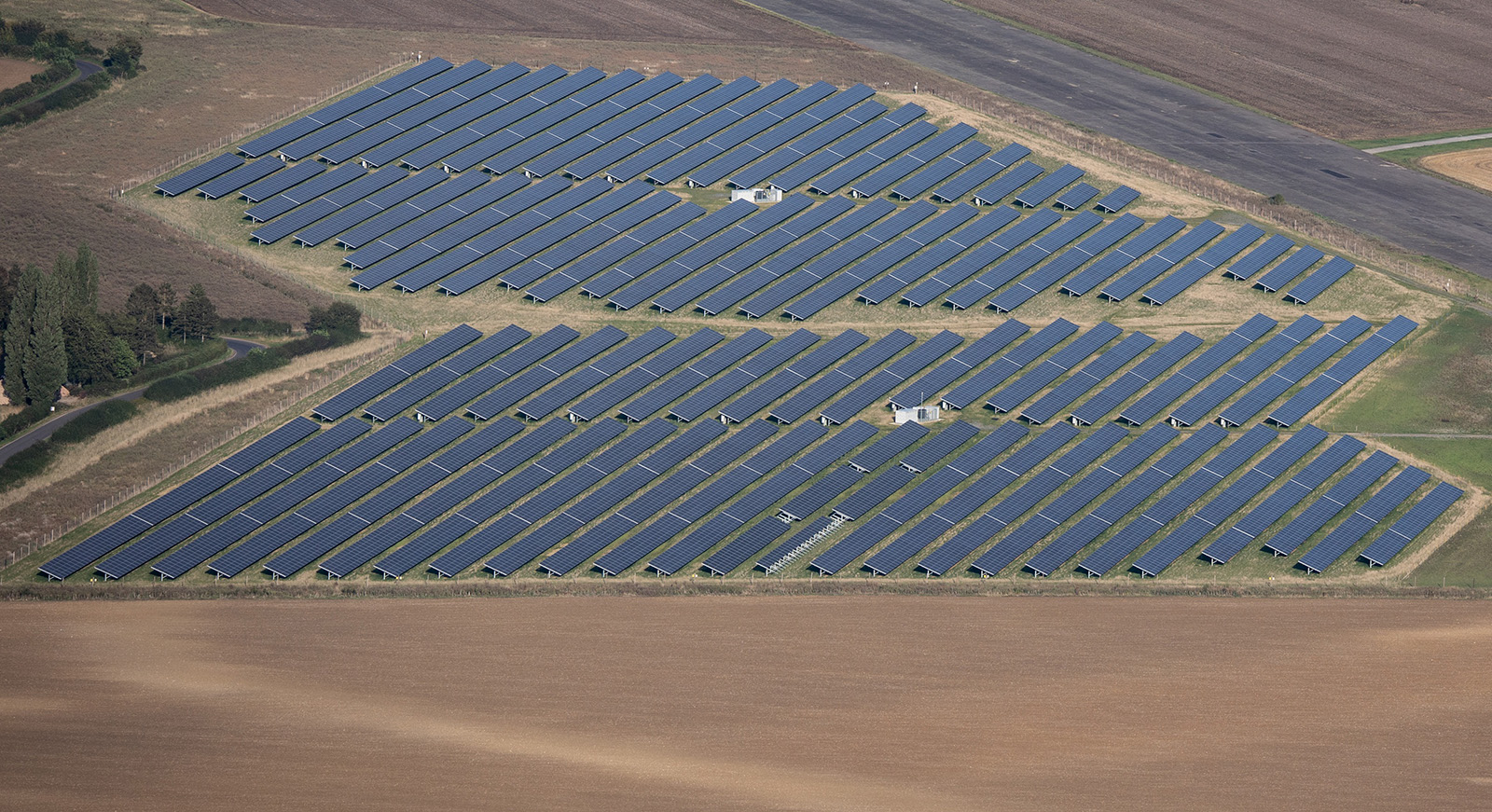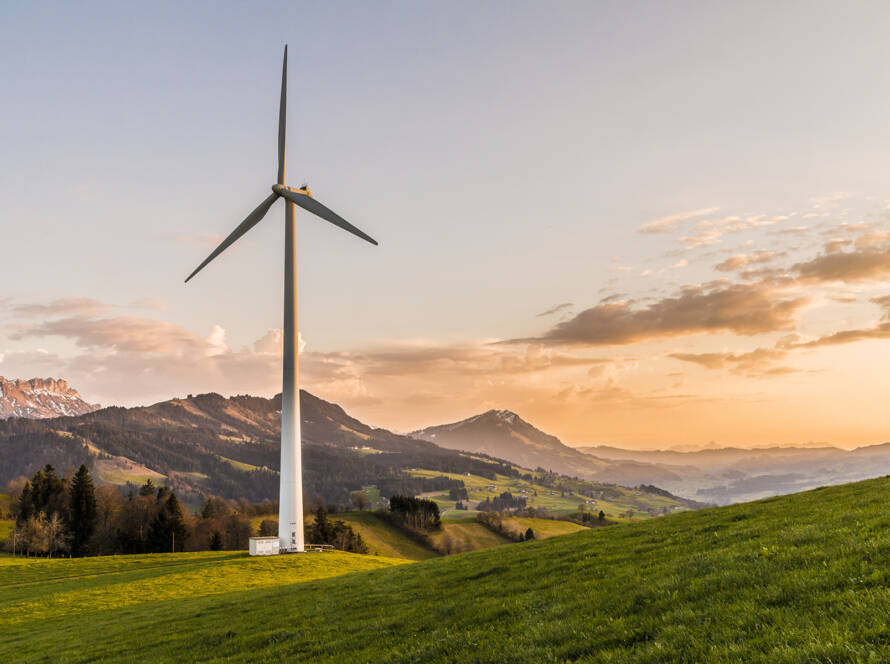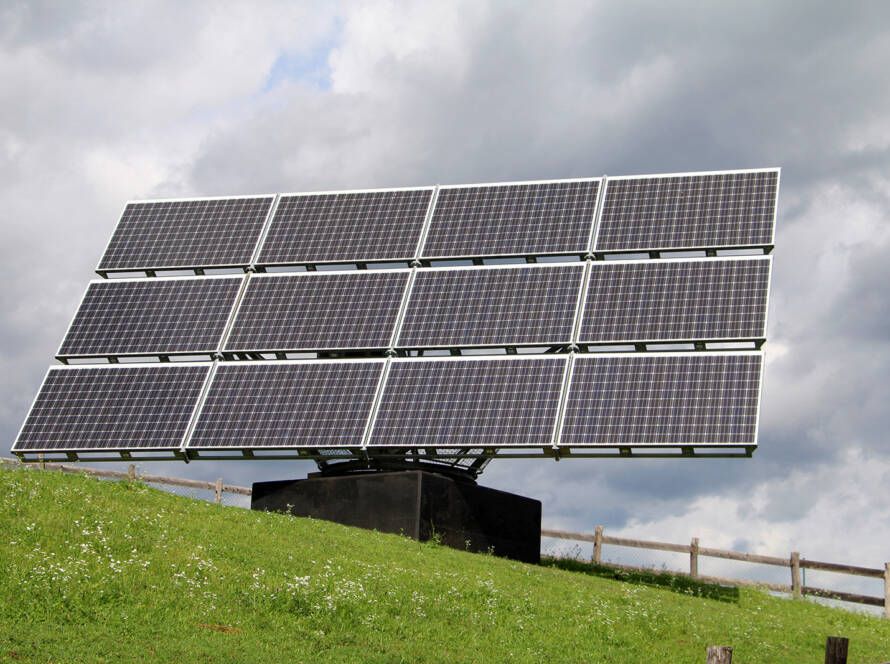Solar farms are becoming familiar sites on the landscape as more and more electricity customers are getting their energy from the sun without installing anything on their roofs.
Unlike rooftop solar systems, a solar farm is usually located off-site, not on a solar customer’s own property. Also known as solar parks or solar gardens, solar farms are usually ground-mounted and serve multiple customers—from fewer than ten to hundreds of thousands.

Just a small blip on the radar a decade ago, solar farms big and small are booming. In July 2018, 544 projects were registered in the database of solar farms maintained by the National Renewable Energy Laboratory (NREL).
Two and a half years later, in December 2020, NREL’s list included 1,592 solar farms.
Solar farms have grown in number and size because of the continuing decline in the cost of solar, with prices dropping 89% between 2010 and 2020. The cost decline is one of the reasons more new solar has been added to the electricity mix in the United States than any other source for two years running.
Utility-Scale Solar vs. Community Solar Farms
While utility-scale solar farms tend to be far larger than community solar farms, the main difference is one of customer participation.
In a community solar farm, multiple customers either jointly own or subscribe to a local solar project and receive credit on their utility bills for the energy their share of the solar project produces. By contrast, utility-scale projects might be developed by the electric utility itself or by private energy companies selling the electricity they produce directly to utilities, without any customer participation.
Community solar projects generally range in size from 2 to 2,000 kilowatts (kW) or more. Some states put limits on the size of community solar projects, either directly in terms of the kilowatts they can generate or by limiting the number of people who can join a project.
The Lawrence Berkeley National Laboratory considers utility-scale projects as any ground-mounted solar project equal to or larger than 5 megawatts (MW). As of December 2020, there were 129 solar farms in the United States that were 5 MW or larger, according to NREL.
The Largest Solar Farms in the World
The record for the largest solar farms (or “parks,” as they are known elsewhere in the world) keeps getting broken. The top 10 list has no farms older than a decade. By contrast, the list of the 10 largest active electricity-generating plants in the world includes the Grand Coulee Dam, built in 1942.
1. Bhadla Solar Park
The Bhadla Solar Park squeaks by as the world’s largest solar farm in the world, at 2,245 MW.
(By comparison, New York State had 3 GW of solar installed by July 2021, enough to power 500,000 homes.)
The Bhadla project is set in a remote, arid region in western India, where temperatures regularly reach over 100 degrees F.
It was built in four phases starting in 2015 and was completed in 2019.
While India still generates 80% of its energy from coal, oil, and biomass, the Bhadla Solar Park is part of the country’s goal to install 175 gigawatts (GW) of renewable energy by 2022. (One gigawatt is 1,000 MW, or a billion watts.)
2. Huanghe Hydropower Hainan Solar Park
Closely behind the Bhadla Solar Park is the 2,200 MW Huanghe Hydropower Hainan Solar Park, which opened in 2020 in the Qinghai province of China.
It represents its country’s ambitions to shift away from its heavy reliance on coal.
Like India, China still relies heavily on coal, with 61% of its electricity being coal-generated in 2019.
China installed 48.2 GW of solar in 2020, more than double the United States in second place, and a third of the world’s total installations for the year.
3. Shakti Sthala
The Shakti Sthala solar power project in Karnataka, India, is comprised of 2,050 MW of solar capacity—the only other solar park over 2 GW.
It was completed in 2019 and covers 13,000 acres of land.
Leasing the land from 2,300 local farmers rather than owning it outright, the solar farm will produce clean energy at the same time that it increases rural incomes and helps keep farmers on their land.
4. Benban Solar Park
The 1,650 MW Benban Solar Park in Egypt is the largest solar farm outside of Asia.
Initiated in 2014 and sited with the help of NASA, it comprises over 7 million individual solar panels and was completed in November 2019.
Like other desert-located solar farms, including those in the American Southwest, the placement of solar farms is often a trade-off between the increased solar radiation found in deserts and the reduced efficiency of solar panels in high heat.
Environmental Impacts of Solar Farms
With more solar farms dotting the landscape, the backlash against them has grown, some with legitimate environmental concerns, others based on misinformation about their environmental impact.
Balancing Clean Energy With Biodiversity
Biodiversity loss is the other leading crisis besides the climate emergency. We shouldn’t have to sacrifice tackling one at the expense of the other.
According to NREL, installing enough solar energy to meet Paris Climate Agreement targets would require “a maximum land area equivalent to 0.5% of the contiguous U.S. surface area.”
Not all land areas are created equal, however, so prioritizing the use of brownfields, former landfills, disturbed areas, contaminated lands, areas zoned for industrial uses, and other non-sensitive zones, will reduce the risk to biodiversity. Nor should the nation’s food security be jeopardized by sacrificing productive farmland.
Many states have “best siting practices” for solar installers to follow, as does the U.S. Department of Energy, to minimize the environmental impacts of solar farms.
Eight states in the U.S. also have legislation promoting “pollinator-friendly” solar farms to protect local biodiversity.
Properly planned and sited, solar farms can protect and improve landscapes at the same time that they protect productive farmland.
As seen with the Shakti Sthala solar project, leasing land for solar projects on farm property not suitable for farming can increase the income of farmers enough to allow them to continue farming their land rather than selling it to developers.
Integrating solar panels into farming operations (known as agrivoltaics) can provide shade for livestock, protect crops from heavy rainfall, reduce water loss, and raise agricultural yields while producing enough electricity to support the farm.
Environmental Benefits of Being a “Prosumer”
Though less quantifiable, it’s important not to underestimate the benefits of stakeholder engagement in solar projects.
The traditional relationship between electric utilities and their customers is generally one-directional: utilities generate and deliver electricity, while customers’ only engagement with their utility is an initial hookup and a monthly payment. Unless, of course, the power goes out.
That one-way relationship doesn’t change in utility-scale solar. And consumer engagement hasn’t changed; the only difference is that the source of power is cleaner.
In both rooftop and community solar, however, customers are “prosumers”—both producers and consumers of their electricity—and their relationship to their consumption of electricity changes.
Paying their utility bills with the power their solar panels produce means they become more aware of how much energy they use, and are therefore more likely to reduce it.
A survey of solar customers in California found that 87% of them had engaged in other actions of energy efficiency, such as installing efficient lighting and appliances.
Even among environmentally conscious electric vehicle owners, those without solar used 58% more electricity than the typical household.
While there is some evidence that electricity customers increase their energy consumption when adopting solar, it is a small fraction (18% in some studies) of the increased energy that they produce.
The net effect remains that cleaner electricity is added to the grid, and the customer’s carbon footprint is lower even with more electricity consumed.
The more that electricity production is in the hands of consumers, the more likely they are to reduce greenhouse gas emissions.


